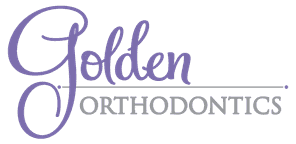Dr. Cheryl Golden and Golden Orthodontics provides affordable, leading-edge orthodontic care in Bexley, Ohio 43209 area with Invisalign and Invisalign Teen, clear braces, invisible braces, and leading edge metal braces for children, teens and adults. Golden Orthodontics proudly serves the orthodontic needs of patients in surrounding local areas including Eastmoor OH 43209, Berwick OH 43209, Whitehall OH 43213, Gahanna OH 43230, German Village 43207, Groveport OH 43125 43195 43196 43198 43199, Canal Winchester OH 43110, Reynoldsburg OH 43068, Blacklick OH 43004, Pataskala 43062, New Albany 43054, Pickerington 43147, Grove City 43123, Downtown Columbus 43215, and Columbus 43004 43025 43026 43208 43085 43201 43210 43203 43204 43205 43211 43212 43214 43215, 43216 43218 43219 43220 43221 43222 43224 43226 43232.
